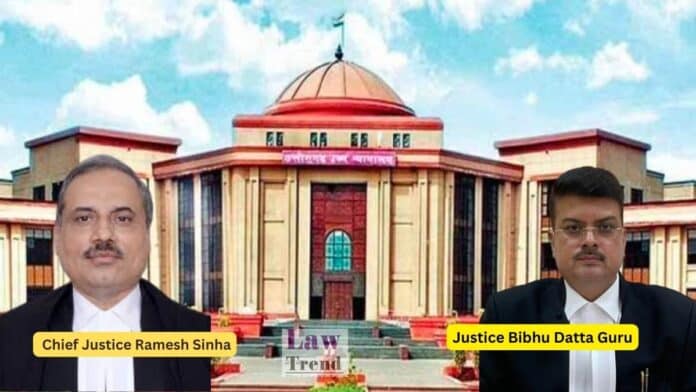The High Court of Chhattisgarh, while upholding the conviction and 20-year sentence of two men for the gang rape of a minor, has underscored that courts must adopt a sensitive and realistic approach when evaluating the testimony of a sexual offense victim. A Division Bench of Chief Justice Ramesh Sinha and Justice Bibhu Datta Guru
To Read More Please Subscribe to VIP Membership for Unlimited Access to All the Articles, Download Available Copies of Judgments/Order, Acess to Central/State Bare Acts, Advertisement Free Content, Access to More than 4000 Legal Drafts( Readymade Editable Formats of Suits, Petitions, Writs, Legal Notices, Divorce Petitions, 138 Notices, Bail Applications etc.) in Hindi and English.




